A ‘once-in-200 years’ heat wave caught Southeast Asia off guard
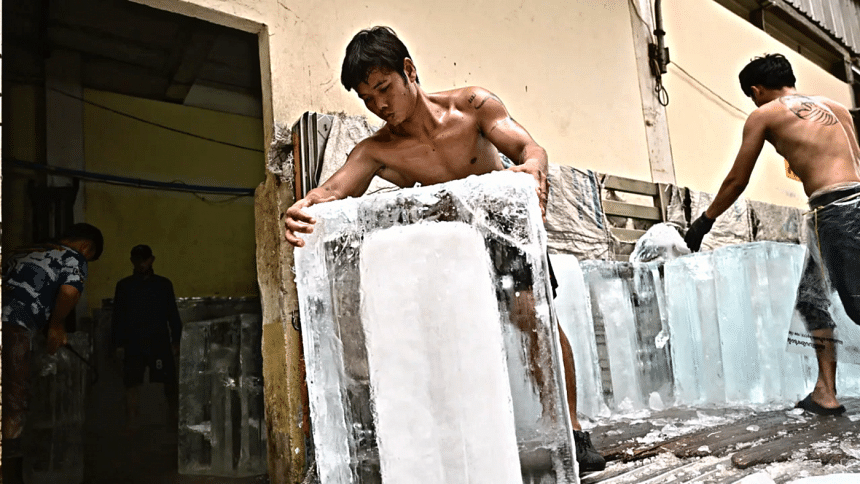
Every day, commuters travelling to work on countless mopeds or motorbike taxis dropping off everything from parcels to cooked food and clients crisscross the congested city of Hanoi in Vietnam.
One of them is Phong, 42, who begins his shift at 5:00am in order to beat the rush hour and drives for more than 12 hours a day without much rest.
But Phong's job has become even more difficult due to an extreme heat wave that has engulfed his nation over the past two months. He prepared himself for the heat of the day with a hat, wet handkerchiefs, and several bottles of water, but these precautions didn't help much as the daytime high temperature reached more than 40 degrees Celsius (104 degrees Fahrenheit).
The average May temperature in Hanoi is 32 degrees Celsius (90 degrees Fahrenheit).
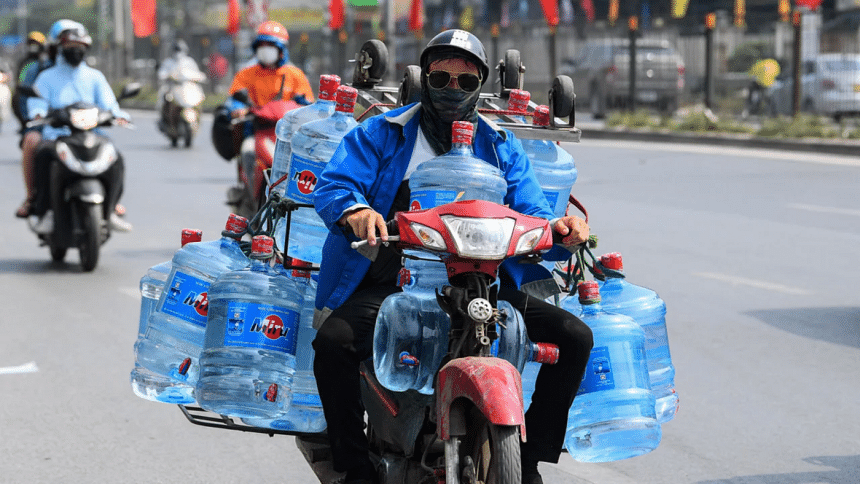
"If I get a heatstroke, I would be forced to suspend driving to recover," he told CNN. "But I cannot afford it."
Phong, who declined to give his last name, claimed that in addition to his bike, the main tool he uses while working as a driver for the ride-hailing service Grab is a small umbrella to protect his phone. He would lose out on much-needed income if the phone broke. He said, "I was afraid the battery would overheat once it was exposed to the sun.
Dinh Van Hung, a 53-year-old sanitation worker nearby in the same city, works all day picking up trash from the busy streets of the Dong Da district of central Hanoi.
"It is impossible to avoid the heat, especially at noon and early afternoon," Dinh told CNN. "Extreme temperatures also make the garbage smell more unpleasant, the hard work is now even more difficult, directly affecting my health and labour."
Dinh says "there is no other way" but to change when he starts and finishes his shift.
"I try to work early in the morning or afternoon and evening," he said. "During lunch break when the temperature is too high, I find a sidewalk in a small alley, spread out the cardboard sheets to rest for a while and then resume work in the afternoon."
Phong and Dinh are two of the many millions of drivers, street vendors, cleaners, construction workers, farmers, and other outdoor or informal economy workers throughout Southeast Asia who suffered the most during what experts described as the "harshest heat wave on record".
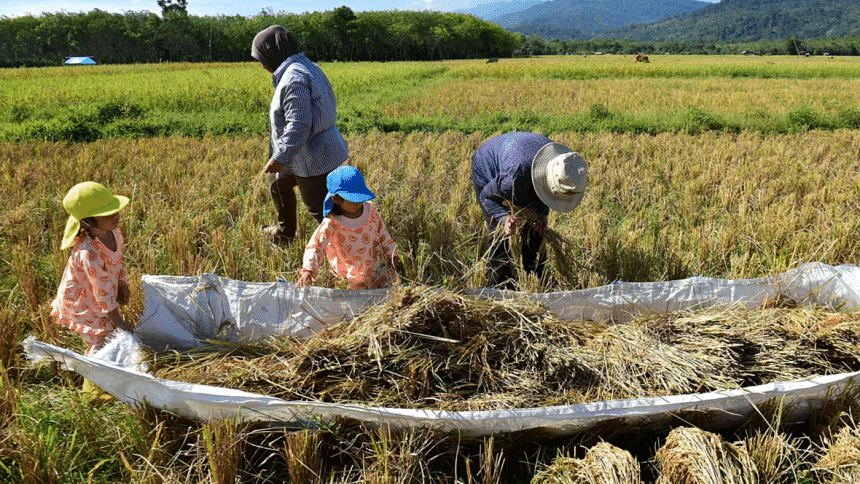
They are the backbone of many societies, but they suffer disproportionately from extreme weather conditions, with dangerously high temperatures having a negative impact on both their health and the precarious nature of their jobs.
In Southeast Asia, April and May are usually the warmest months of the year because of the rise in temperatures before monsoon rains provide some relief. However, they reached previously unheard-of heights this year in the majority of the region's nations, including tourist hotspots Thailand and Vietnam.
Thailand saw its hottest day in history at 45.4 degrees Celsius (114 degrees Fahrenheit) on April 15, while neighboring Laos topped out at 43.5 degrees Celsius (110 degrees Fahrenheit) for two consecutive days in May, and Vietnam's all-time record was broken in early May with 44.2 degrees Celsius (112 degrees Fahrenheit), according to analysis of weather stations data by a climatologist and weather historian Maximiliano Herrera.
Herrera described it as "the most brutal never-ending heat wave" that has continued into June. On June 1, Vietnam broke the record for its hottest June day in history with 43.8 degrees Celsius (111 degrees Fahrenheit) -- with 29 days of the month to go.
In a recent report from the World Weather Attribution (WWA), an international coalition of scientists said the April heat wave in Southeast Asia was a once-in-200-years event that would have been "virtually impossible" without human-caused climate change.
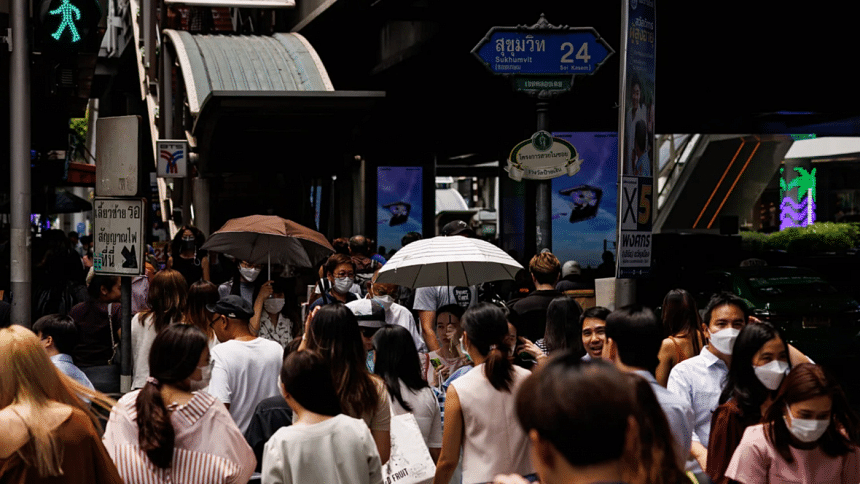
HUMID HEAT CAUSES EXTREME DISTRESS AND CLIMATE CHANGE CAN MAKE IT WORSE
Extreme temperatures combined with humidity makes it even more difficult for your body to attempt to cool down.
Heat-related illnesses, such as heat exhaustion and heat stroke, can be fatal and have severe symptoms, especially for pregnant women, people with heart disease, kidney issues, and diabetes.
"When the surrounding humidity is very high, the body will continue to sweat trying to release moisture to cool itself, but because the sweat is not evaporating it will eventually lead to severe dehydration, and in acute cases it can lead to heat strokes and deaths," said Mariam Zachariah, research associate in near-real time attribution of extreme events to climate change at World Weather Attribution initiative at Imperial College London.
"Which is why a humid heat wave is more dangerous than a dry heat wave," she told CNN.
To understand the health risks of humid heat, scientists often calculate the "feels-like" temperature -- a single measure of how hot it feels to the human body when air temperature and humidity are both taken into account, sometimes alongside other factors such as wind chill.
Perceived heat is usually several degrees higher than observed temperature and gives a more accurate reading of how heat affects people.
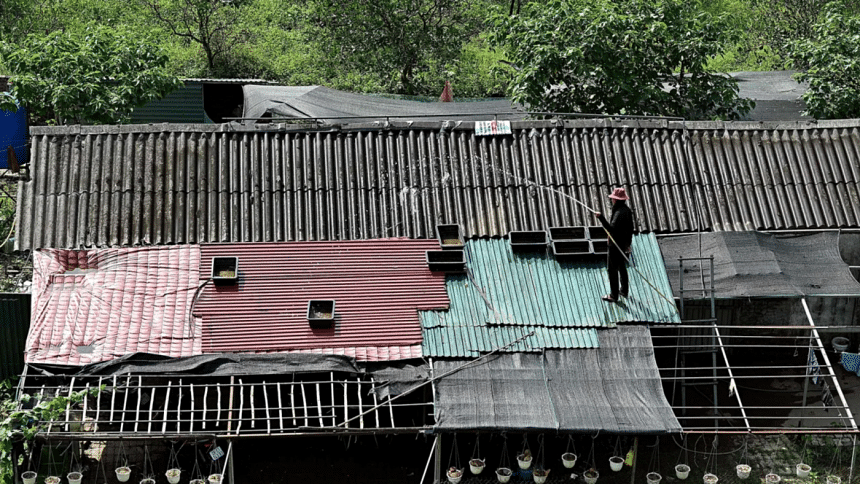
CNN analysis of Copernicus Climate Change Service data found that between early April and late May, all six countries in the continental portion of Southeast Asia had reached perceived temperatures close to 40 degrees Celsius (104 degrees Fahrenheit) or more every single day. This is above a threshold considered dangerous, especially for people with health problems or those not used to extreme heat.
In Thailand, 20 days in April and at least 10 days in May reached feels-like temperatures above 46 degrees Celsius (115 degrees Fahrenheit). At this level, thermal heat stress becomes "extreme" and is considered life threatening for anybody including healthy people used to extreme humid heat.
Throughout April and May, Vietnam, Cambodia, Laos and Malaysia all had several days with potential to cause extreme heat stress. Myanmar had 12 such days -- until Cyclone Mocha brought relative relief, but severe devastation, when it made landfall on May 14.
The April-May heat wave in Southeast Asia caused widespread hospitalizations, damaged roads, sparked fires and led to school closures, however the number of deaths remains unknown, according to the World Weather Attribution report.
The study found that, because of climate change, the heat was more than two degrees hotter in perceived temperature than it could have been without global warming caused by pollution.
"When the atmosphere becomes warmer, its ability to hold the moisture becomes higher and therefore the chances of humid heat waves also increase," Zachariah, one of the authors, told CNN.
If global warming continues to increase to 2 degrees Celsius (3.6 degrees Fahrenheit), such humid heat waves could occur ten times more often, according to the study.
And if emissions continue to increase at the same pace, the next two decades could already see 30 more deaths per million from heat in Thailand, and 130 more deaths per million by the end of the century, according to the UN's Human Climate Horizons projections.
For Myanmar that number would be 30 and 520 more deaths per million respectively, for Cambodia -- 40 and 270, data shows.

 For all latest news, follow The Daily Star's Google News channel.
For all latest news, follow The Daily Star's Google News channel. 



Comments